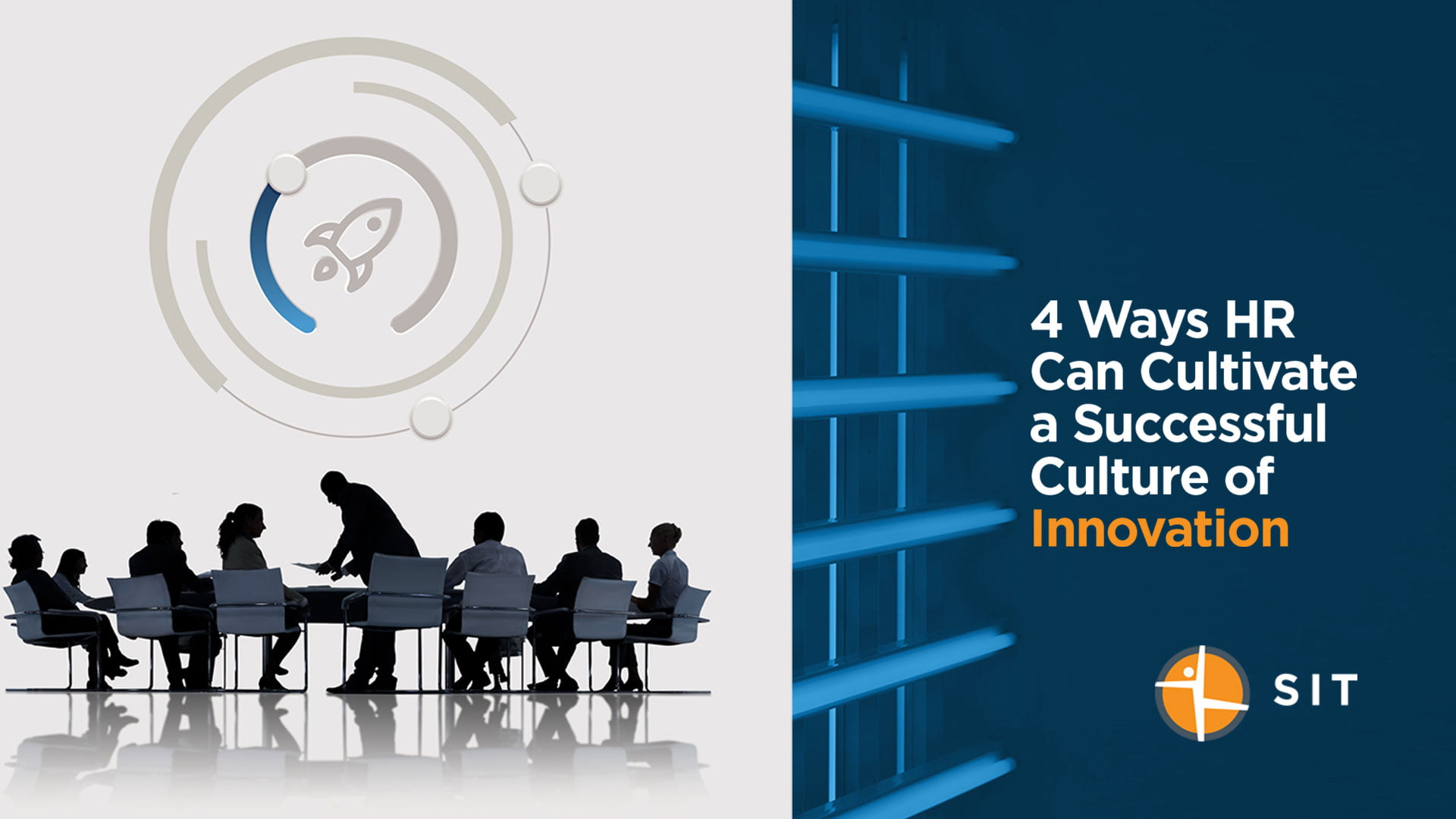In the beginning, corporate innovation belonged to R&D. It was viewed as a top-down affair to which only the upper echelons of the company were privy, and you were lucky if you received an invite to the secret club.
Fast forward to today, innovation is now perceived as a culture and mindset; companies – from the long established to new startups – are seeking to instill it at all levels. HR, given its role in the organization, is in a unique position to be a major enabler for establishing mechanisms so that a culture of creativity and entre/intra-preneurship will flourish. Here are four ways HR can shape, frame, and facilitate a company-wide conversation about innovation:
1. Everyone is an innovator
 “Accounting is a department. Marketing isn’t. Marketing is something everyone in your company is doing 24/7/365.” Jason Fried and David Heinemeier Hansson, Rework – Similar to marketing, companies have traditionally dedicated departments for innovation . Now, the expectation is for innovation to stem from anyone in any department. We, at SIT, define innovation as “thinking and acting differently to achieve your goals”. In this light, innovation is a valued improvement to a situational status quo; it is a way to perform your job better. It’s not tied solely to a company’s products and services, but also, and perhaps more importantly, to its productivity, operations, and processes. Adopting this outlook, HR can help to ensure that its organization’s innovation agenda will promote an inclusive and empowering work culture.
“Accounting is a department. Marketing isn’t. Marketing is something everyone in your company is doing 24/7/365.” Jason Fried and David Heinemeier Hansson, Rework – Similar to marketing, companies have traditionally dedicated departments for innovation . Now, the expectation is for innovation to stem from anyone in any department. We, at SIT, define innovation as “thinking and acting differently to achieve your goals”. In this light, innovation is a valued improvement to a situational status quo; it is a way to perform your job better. It’s not tied solely to a company’s products and services, but also, and perhaps more importantly, to its productivity, operations, and processes. Adopting this outlook, HR can help to ensure that its organization’s innovation agenda will promote an inclusive and empowering work culture.
2. Innovation Roles
Years ago, my colleague recommended the book “Cool Careers for Dummies”, full of practical advice for keeping one’s career relevant. Last October, the WEF published their mid-Covid findings estimating that by 2025, 85 million jobs will be displaced by machines, while 97 million new roles will emerge . Career definitions are constantly in flux. So, while we just established that ‘everyone is an innovator’, it is still necessary to put official innovation roles in place; people who have accountability for aggregating activities and outcomes.
We’re talking about Innovation Managers, Architects, Coaches, Ambassadors, etc. Some of these may be full-time positions in their own right, while the majority are most effective when these responsibilities are assigned to employees distributed across the company, in addition to their current roles. HR can assist in determining and characterizing the roles, identifying individuals to assume official innovation positions, and defining the criteria to be assessed during the interview process.
3. Personal Innovation Goals
 Declaring a culture of innovation and actually having people participate and evolve such a culture are two different things. There needs to be a system in place for monitoring innovation KPIs that cultivates a working environment where responsible risk-taking is encouraged. Including innovation activities in people’s annual goals and then assessing them during performance reviews keeps the checks and balances in place to make innovation a reality.
Declaring a culture of innovation and actually having people participate and evolve such a culture are two different things. There needs to be a system in place for monitoring innovation KPIs that cultivates a working environment where responsible risk-taking is encouraged. Including innovation activities in people’s annual goals and then assessing them during performance reviews keeps the checks and balances in place to make innovation a reality.
4. Opportunities for Innovation: Gaining Skills and Putting Into Practice
HR and L&D offer many opportunities for training, programs, and events that people can join. More and more companies are promoting approaches like Lean Start-Up, Intrapreneurship, Hackathons, etc. as frameworks inside which to innovate. Many used to believe that creativity is a talent reserved for the few, the vast majority never got to develop this muscle. Today, we know better. Structured creativity tools exist; people can be taught to innovate. The same WEF report identifies the top skills which employers see as rising in prominence include critical thinking, analysis, problem-solving, and skills in self-management such as active learning, resilience, stress tolerance and flexibility. In other words, creativity and innovation. Skills; not talents. Developing, running, and making innovation training programs available broadly; including practical application of these new skills to their organizational roles as part of these programs; and then keeping employees accountable for using their new skills after the training, proves to the individual that they really can develop these skills in a useful way. Practical business results emerging immediately during the training program, legitimizes participation for all– even if one’s manager doesn’t understand why it’s important for her direct report to be an “innovator”.
HR has the mandate to nurture organizational culture. A culture of innovation requires providing both the tools and the outlets which will promote both the individual’s growth goals and the company’s business goals. It’s no secret that people want their ideas to be heard (and acted on!), and to be constantly challenged with opportunities to move ahead in the workplace. HR prioritizing its “innovation tab” will not only assist in improving the company’s bottom line, but help with employee retention and workplace satisfaction, as well.

